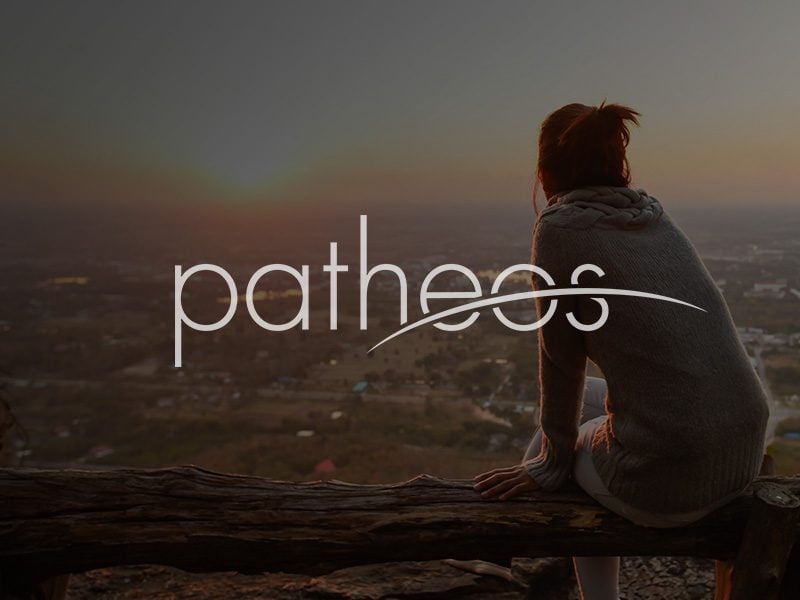Ron Highfield
The Faithful Creator: Affirming Creation and Providence in an Age of Anxiety
Downers Grove: IVP Academic, 2015.
Available at IVP.
Review by Dr. Jill Firth
Ron Highfield seeks to avoid the problems of openness and determinist theologies by examining the doctrines of creation and providence together. Openness theology may leave us feeling subject to ‘the slings and arrows of outrageous fortune’, while determinism may leave us feeling powerless and helpless to act in the face of anxiety. Highfield defines the ground of anxiety: ‘that we can imagine many futures but cannot control which of them comes to be, that we must act even though we cannot fully determine the outcome and that our forced choices may make the difference between ultimate happiness and final perdition.’
The book title The Faithful Creator is drawn from 1 Peter 4:9, ‘So then, those who suffer according to God’s will should commit themselves to their faithful creator and continue to do good.’ Highfield observes that in this verse, Peter focuses on God’s faithfulness as creator, rather than on his covenant faithfulness in the Old Testament (see Psalm 77), or even his faithfulness in the resurrection of Jesus (see Acts 2). He argues that in the Bible, God’s act as creator is ‘the quintessential demonstration of God’s power.’
The Faithful Creator is divided into three parts, Creation, Divine Providence, and the Challenge of Evil. Part 1, on Creation, has nine chapters. The first two chapters examine the Old and New Testaments. Chapter 3, ‘Creator of Heaven and Earth’, is a theological reflection on the doctrine of creation. Six further chapters explore creation in relation to causation, relationality, science, and time, and in relation to Jesus Christ as creator.
Part 2, ‘Divine Providence,’ reviews the Old and New Testaments before investigating models of foreknowledge and Molinism (Chapter 12), omnipotence, Aquinas, and Barth (Chapter 13), and open theism and Gregory Boyd (Chapter 14). Chapter 15 considers the compatibility of providence and freedom.
Part Three, ‘The Challenge of Evil’ considers dualism and original sin, then outlines ‘The Philosophical Problems of Evil’ from ancient times to the present (Chapter 17), and ‘The Rhetorical Argument from Evil’, considering Leibnitz, Voltaire, and Dostoevsky (Chapter 18).
A brief final chapter, ‘Do Not Be Afraid’ (Chapter 19), focuses on the faith of Jesus and faith in Jesus. This chapter is not a summary of the book’s findings: ‘There is no need to repeat here the doctrine of providence developed in previous chapters.’ Rather, it is a pastoral reminder of New Testament affirmations of God’s trustworthiness. The book concludes with a Bibliography and indexes of subject, author and scripture.
The Faithful Creator is a gold mine of scholarly information and insight that will reward the careful reader. I look forward to using it in an upcoming unit on sin and evil. More chapter summaries (as in Chapter 2), section summaries, and a final overview of the book’s findings would help less informed readers to integrate the argument. Beginners in this area may appreciate Highfield’s earlier book, Four Views on Divine Providence (2011, co-authored with William Lane Craig, Gregory Boyd, and Paul Helseth) as a helpful introduction to the issues, before tackling the more thorough treatment in The Faithful Creator.
Jill Firth is a Lecturer in Hebrew and Old Testament at Ridley College in Melbourne. Her current research is in Psalms and Jeremiah.












